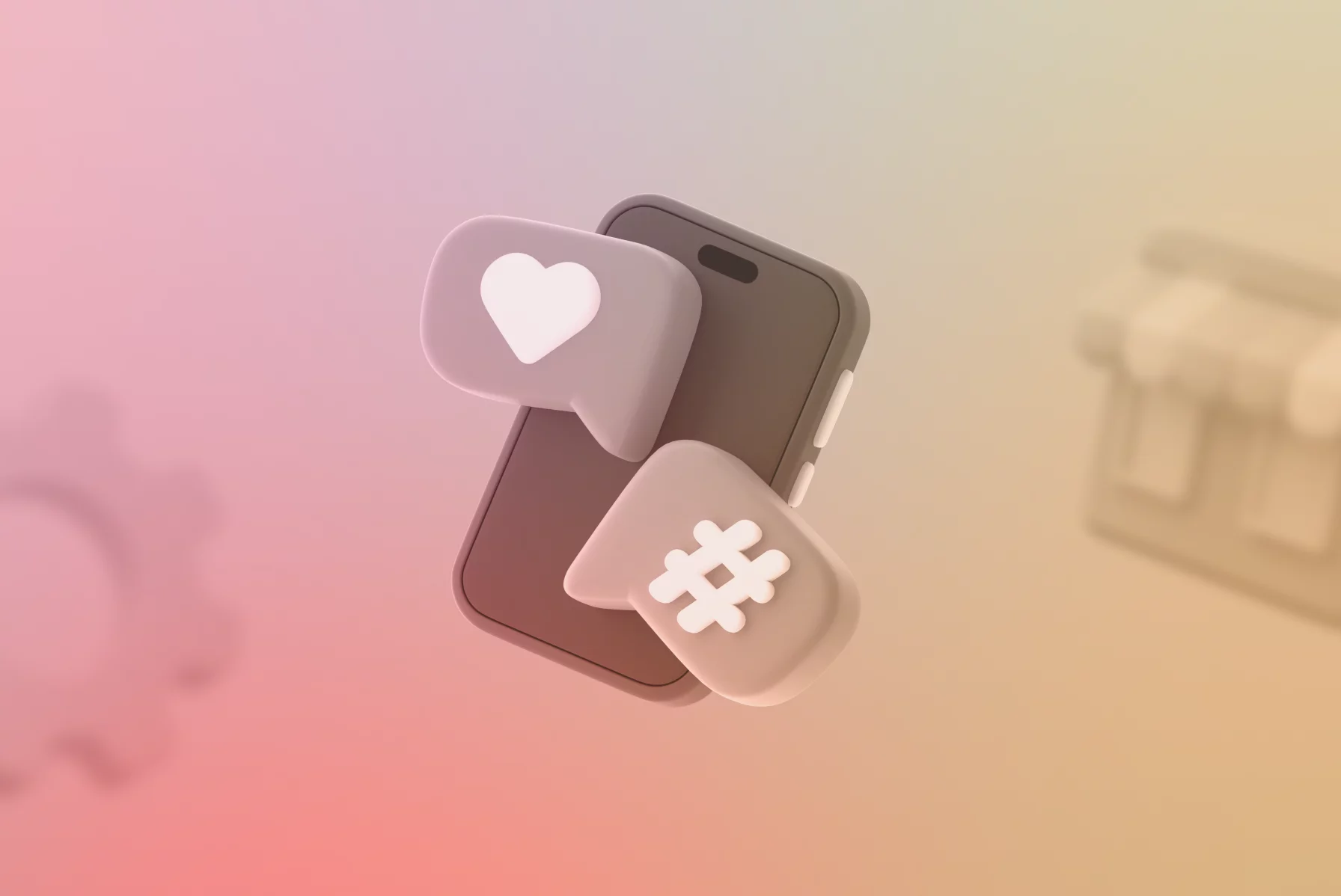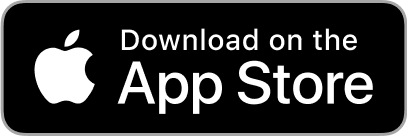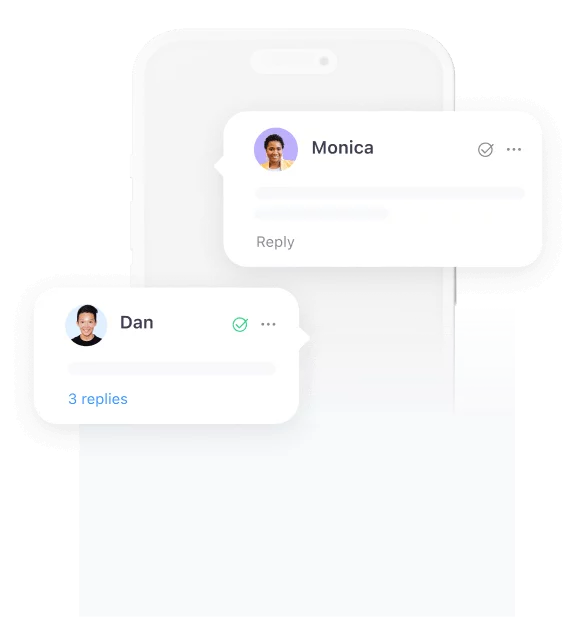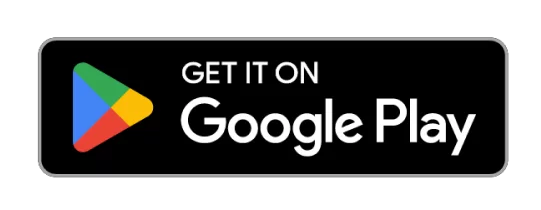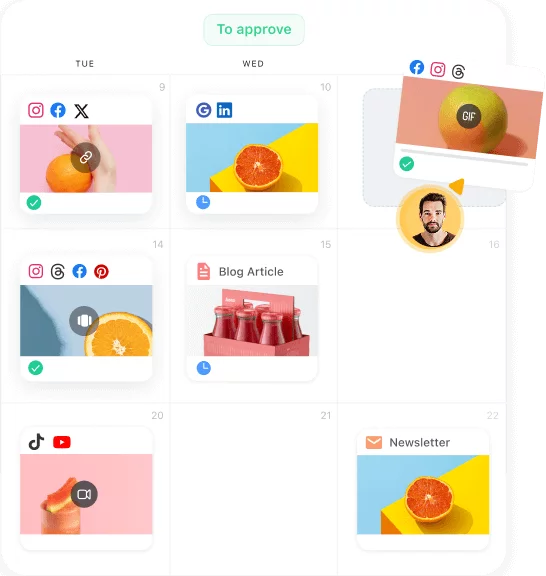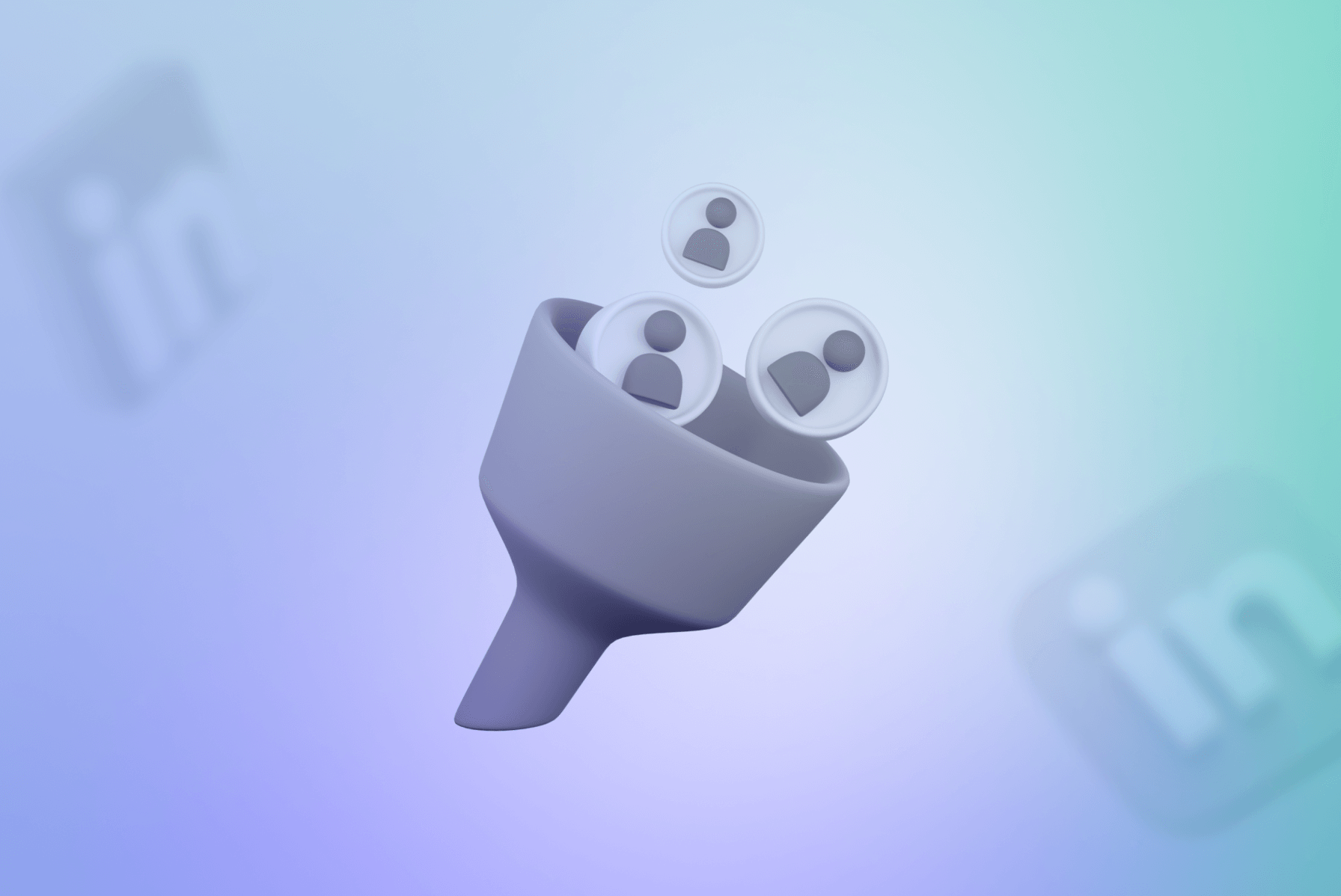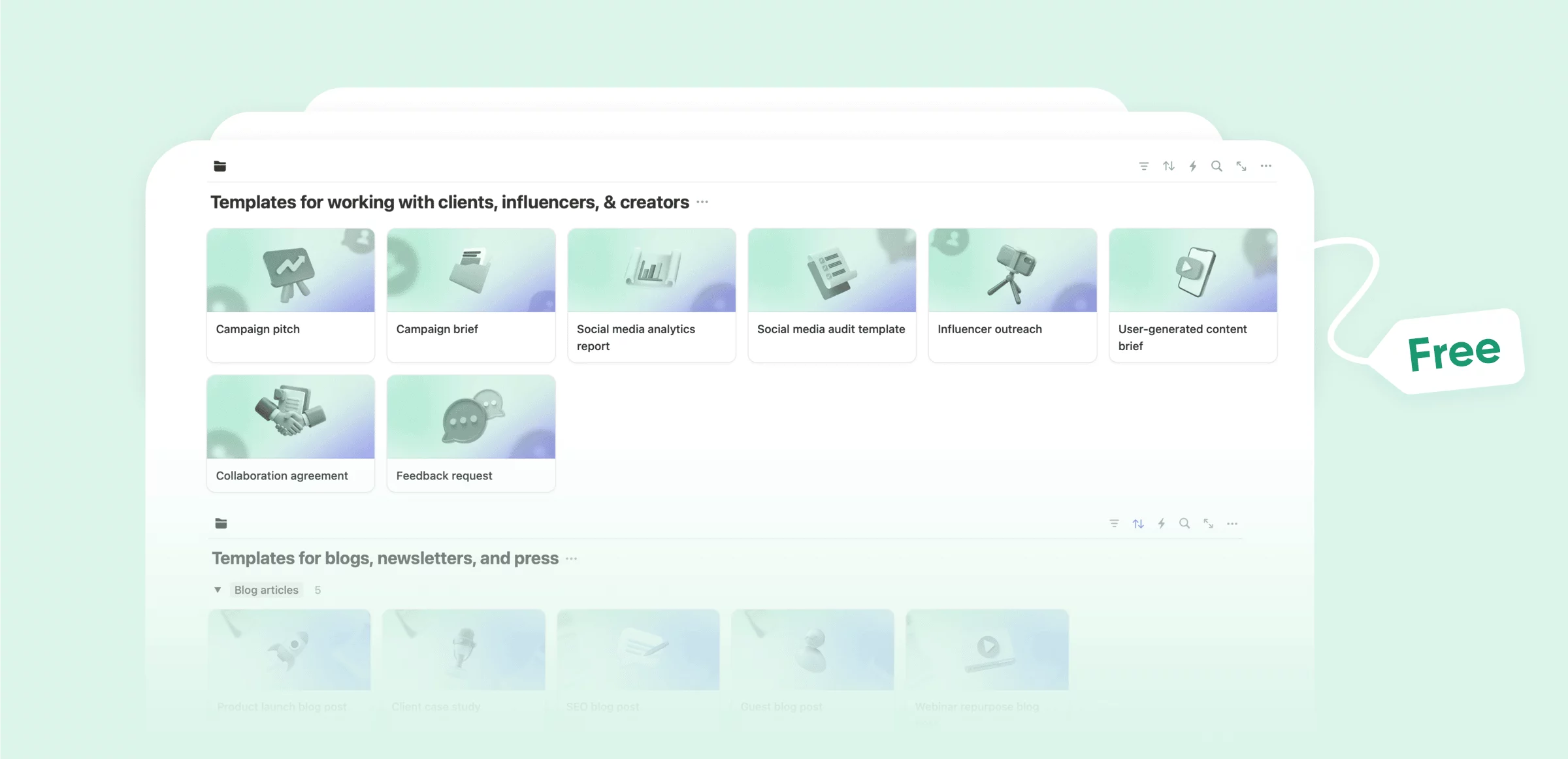I launched my business in August 2020, and within 6 weeks, I was over-subscribed.
Most business struggle to generate leads, and that is probably why 90% of them fail. I didn’t have that issue when I launched Klowt – In fact, I won so much business within the first 6 weeks I needed to hire my first employee.
I was able to scale fast because I had a reputation – a reputation I had built on LinkedIn, at scale.
Since then I have built a following of over 190k people, generated nearly $4 million in business revenue and am paid to speak around the world about my subject matter – personal branding. I didn’t do that by accident – I create a strategic system to drive leads into my DMs, and a plan to convert them. The conversions on you, but if you want convert 7x more leads by posting on LinkedIn yourself vs using your boring company page, scroll down and I’ll give you the exact formula for how I’ve done it myself.
Your LinkedIn Funnel
To turn LinkedIn into a lead magnet, you need more than random posts—you need a system. Each piece of content should serve a specific purpose, guiding your audience through the following stages:
- Awareness: Attract attention and resonate on a human level.
- Education: Provide value and solve problems.
- Consideration: Position yourself as an authority.
- Conversion: Drive action with results and a clear CTA.
- Advocacy: Build long-term trust and loyalty.
Want to save time? I’ve worked with Planable to create ready-to-use templates for each stage of this funnel, so all you need to do is plug in your ideas and hit schedule.
Here’s how to implement this funnel with a simple Monday-to-Friday content plan.
Monday: Awareness
The goal is to connect on a human level. Share personal posts that resonate beyond your ideal audience.
Example Hook:
“The hardest decision I ever made… and why I’d do it again.”
“When I started my business, I thought I had to have it all figured out. Here’s what actually happened.”
These posts build trust by showing your authenticity. They’re not about selling—they’re about relating.
Steal my template:
When I [insert relatable challenge or decision], I thought I had to [insert misconception or expectation]. I was wrong.
Here’s what actually happened: [insert what you experienced or learned].
It wasn’t perfect, and I didn’t have all the answers. But taking that leap taught me [insert key lesson].
[insert CTA].
Tuesday: Education
Teach your audience something valuable. Focus on solving a problem your ideal clients face.
Example Hook:
“Struggling to get engagement on LinkedIn? Here’s what you’re doing wrong.”
“The 3 biggest mistakes I see founders making with their personal brands.”
Educational posts position you as a trusted expert and keep your audience coming back for more.
Steal my template:
If you’ve been [insert common mistake or situation], you’re not alone. Most people [insert reason they’re stuck].
Here are three quick fixes to help you get unstuck:
[Insert actionable tip or strategy].
[Insert actionable tip or strategy].
[Insert actionable tip or strategy].
When I started using these strategies, I [insert personal result or observation]. It’s not about working harder—it’s about working smarter.
[insert CTA].
Wednesday: Consideration/Expertise
This is your chance to flex your expertise. Share an opinion or reflect on a topic to position yourself as an authority in your field.
Example Hook:
“Let’s talk about why most remote work policies fail.”
“Everyone is saying [trending topic]—but here’s why they’re wrong.”
These posts drive consideration by showing your audience why you are the go-to person in your space.
Steal my template:
Most people think [insert common assumption or belief], but here’s the truth: [insert your perspective].
Here’s why it’s a problem:
[Insert issue #1].
[Insert issue #2].
[Insert issue #3].
In my experience, [insert personal insight or alternative approach]. That’s what makes the difference between [insert contrast, e.g., failure and success].
What’s your take?
Thursday: Conversion
Now it’s time to share results and include a clear call-to-action (CTA). Highlight a recent win, client success story, or measurable impact.
Example Hook:
“This post generated $10,000 in inbound leads for me. Here’s how I did it.”
“One of my clients increased LinkedIn engagement by 300% in 30 days. Want to know how? Let’s chat.
End with a strong CTA to drive your ideal customers to take action—whether that’s booking a call, signing up for a workshop, or sending you a message.
Steal my template:
When I [insert what you did], I wasn’t sure it would work. But here’s what happened: [insert outcome].
Here’s why it worked:
[Insert factor or strategy #1].
[Insert factor or strategy #2].
[Insert factor or strategy #3].
This isn’t rocket science—it’s about being strategic and consistent.
CTA:
Want to know how to apply this to your own [insert goal or niche]? [insert CTA]
Friday: Advocacy
Finish the week by advocating for a cause or sharing personal reflections. These posts remind your audience why they connect with you as a person.
Example Hook:
“Here’s what I wish someone told me when I started my business.”
“Why I believe [cause/topic] matters more than ever.”
Advocacy posts humanize your brand and build long-term trust with your audience.
Steal my template:
When I started [insert activity], I thought I had to [insert misconception]. What I’ve learned since then is this: [insert key lesson or insight].
It’s not about being perfect—it’s about [insert value, approach, or principle you believe in].
For me, [insert personal belief or principle] has been the key to [insert outcome]. And I think it’s something we all need to focus on more.
[Example CTA What’s one thing you wish someone told you when you started your journey?]
Why This Works
This Monday-to-Friday plan simplifies your LinkedIn strategy while ensuring you show up consistently across all stages of the funnel. It’s designed to:
- Build trust and connection.
- Showcase your expertise.
- Move your audience toward conversion.
Increased efficiency for all your marketing efforts
If you found these templates useful, you’ll also find great value in this extensive set of templates. You’ll get:
- formulas for actual posts like product launches, events, or special offers announcements
- document templates if you’re working with influencers, creators, or clients
- templates for various types of blog posts, newsletters, and press articles;
Building and monetising your personal brand is 10% content, 90% consistency in posting it – it’s a lot easier to stay on top of posting when you actually have a plan.
Personal brand strategist, entrepreneur and the founder of personal branding agency, Klowt.
